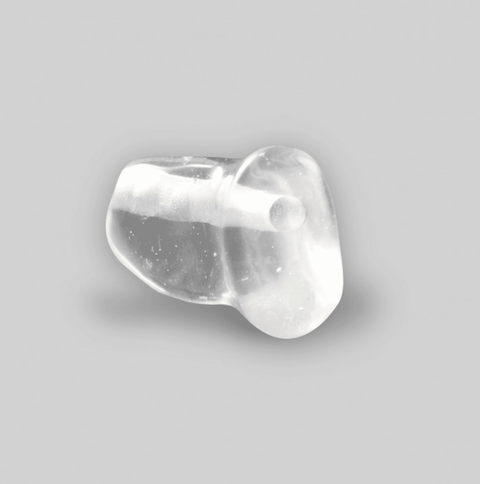STANDARD STYLES
STANDARD STYLES
Choosing the right style is based on many things: habit,
previous success (or lack of), price, and of course the needs
of the patient. This entails the degree and configuration/slope of
hearing loss, dexterity, texture of the ear, and of course the patient’s preference. We are always available to discuss your style and material choices, and to assist you we have compiled a brief overview of the most common styles for amplification (Thin-Tube molds are on the next link). If you have a special request that is not listed, let us know…we can usually make it happen.
Canal
Just as with a CIC hearing instrument, persons with a good amount of mandibular movement may find that this style works out of the ear. Use of a soft material will assist in reducing this tendency in many cases.New Paragraph
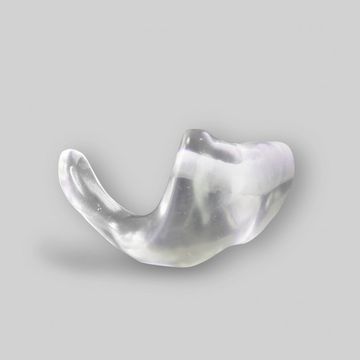
Canal Lock (Canal w/ Wing)
Today’s hearing instruments provide extensive feedback control and frequency adjustments which in turn allows the use of these small, inconspicuous earmolds for a wide range of hearing loss.New Paragraph

New Paragraph
Shell
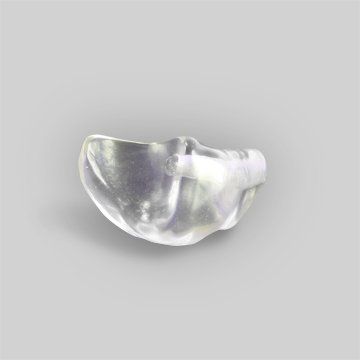
Shell Canal (1/2 Shell)
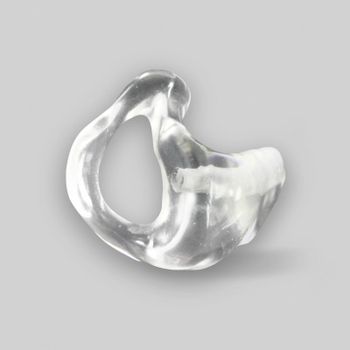
Skeleton
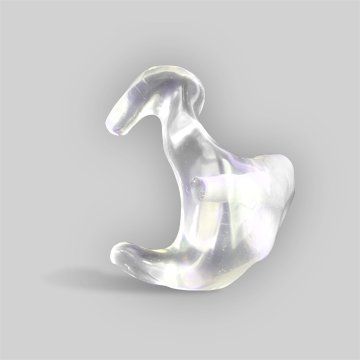
Semi-Skeleton (Phantom)
Point of Information – If an order for a semi-skeleton is received requesting NO helix the helix is removed from the impression. If a remake is needed in cases as noted above, adding the helix won’t be possible. So, if in doubt, it might be a good idea to order the mold with a helix and remove it if not needed…except with silicone as it is difficult to modify.New Paragraph
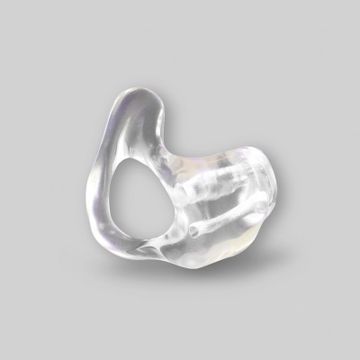
High Frequency #1
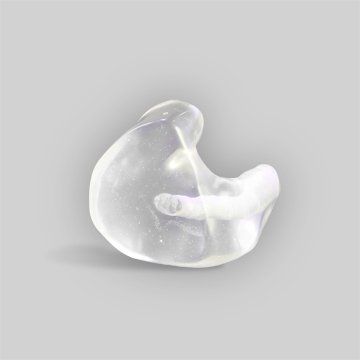
Receiver (Regular)
If you want the full receiver style for a behind the ear fitting (occasionally ordered for ‘more bulk i.e. less feedback’…but not the ‘most cosmetic’ of styles), and will be using a tube, order the GIT (stands for Glued-In-Tube).New Paragraph
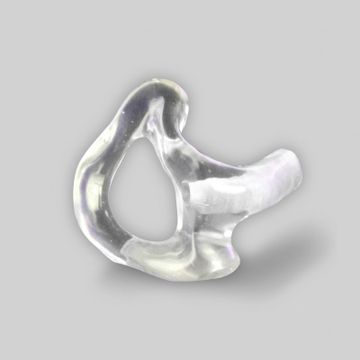
CROS / Non-Occluding
Lucite is the recommended material. The CROS / Non-Occluding Molds and High Frequency #1 Molds are not guaranteed against feedback!
CONTACT US
Mid-States Laboratories, Inc.
600 N. St. Francis
P.O. Box 1140
Wichita, KS 67201
info@mid-stateslabs.com
Join Our List
Thank you for contacting us.
We will get back to you as soon as possible
We will get back to you as soon as possible
Oops, there was an error sending your message.
Please try again later
Please try again later

